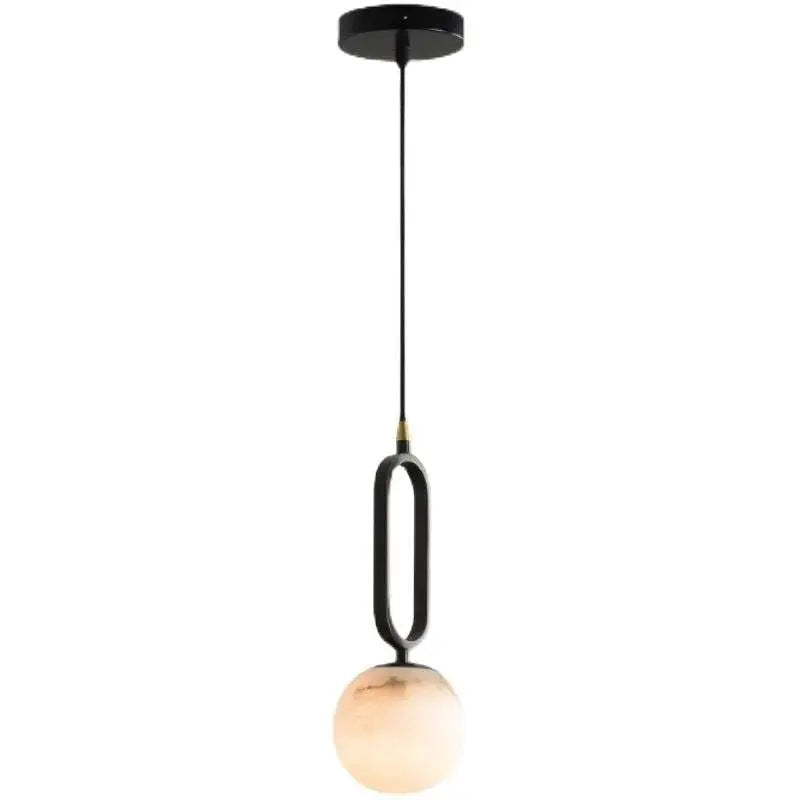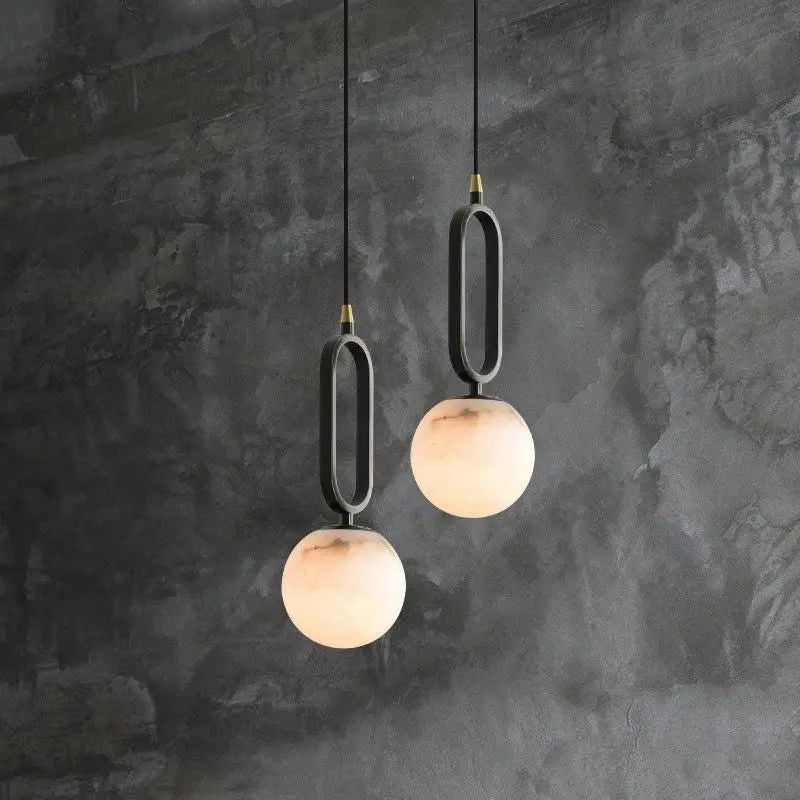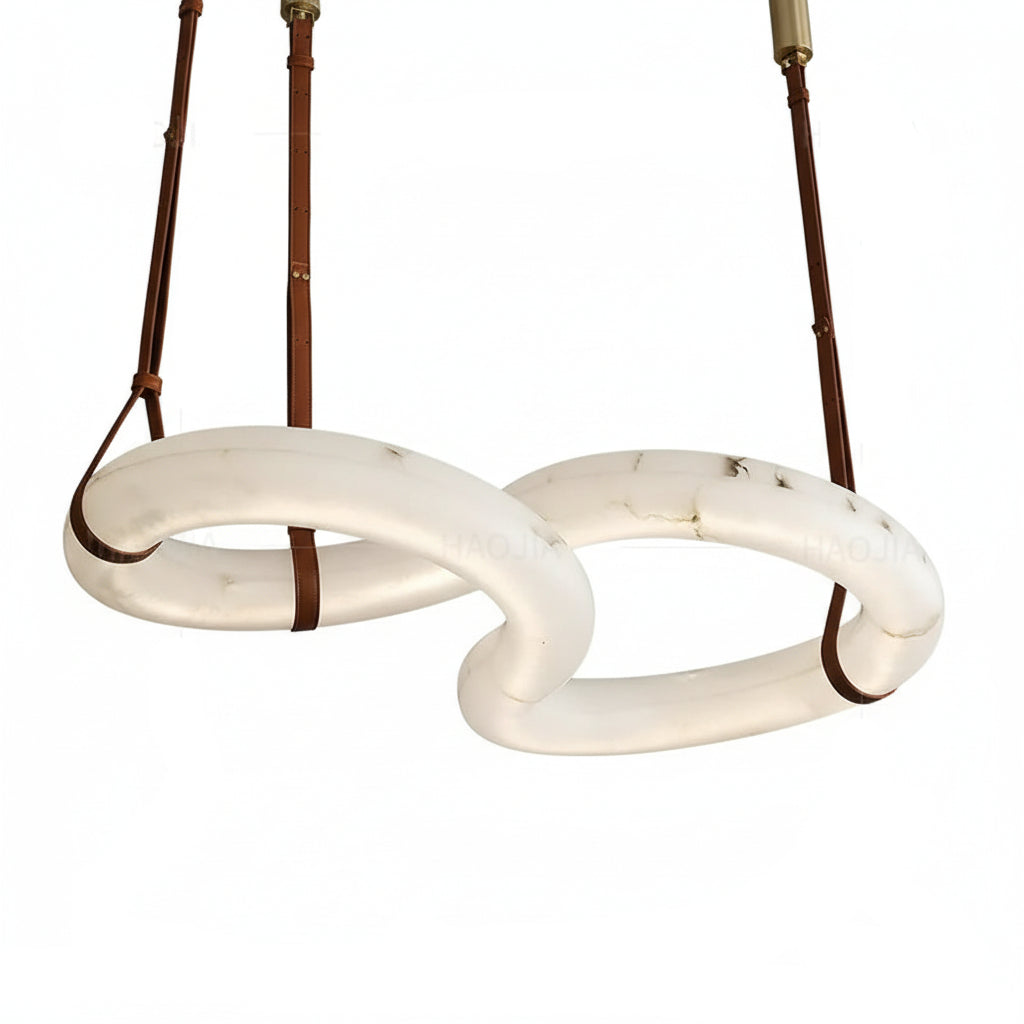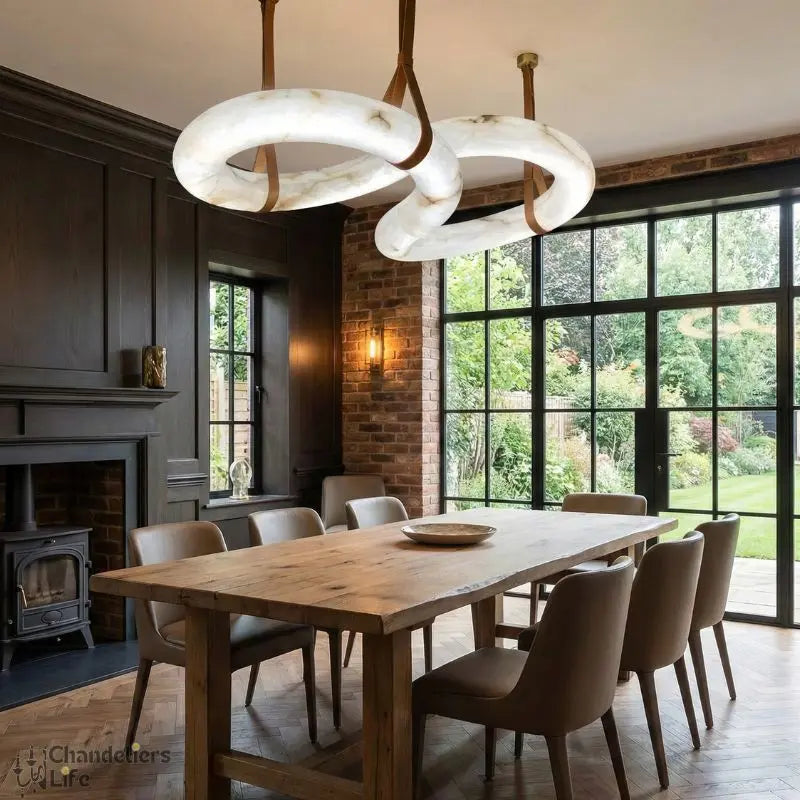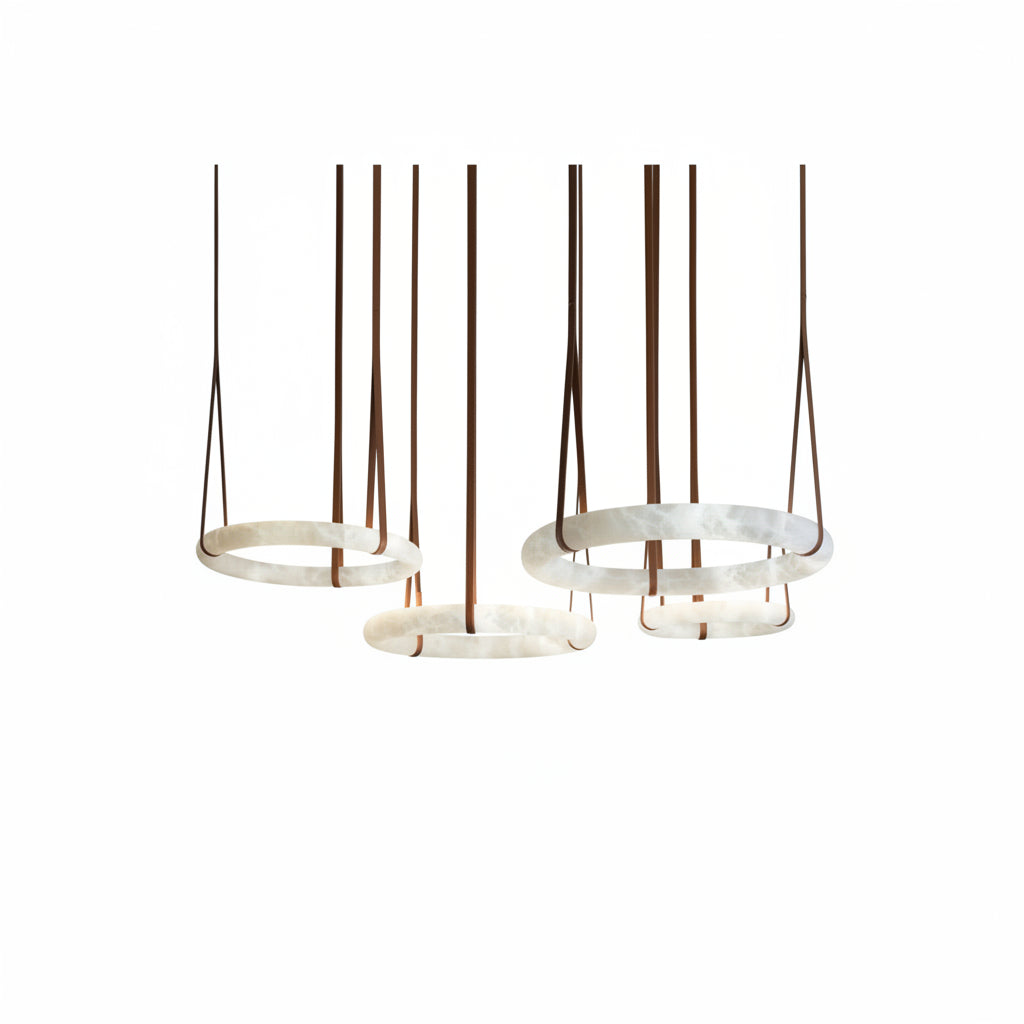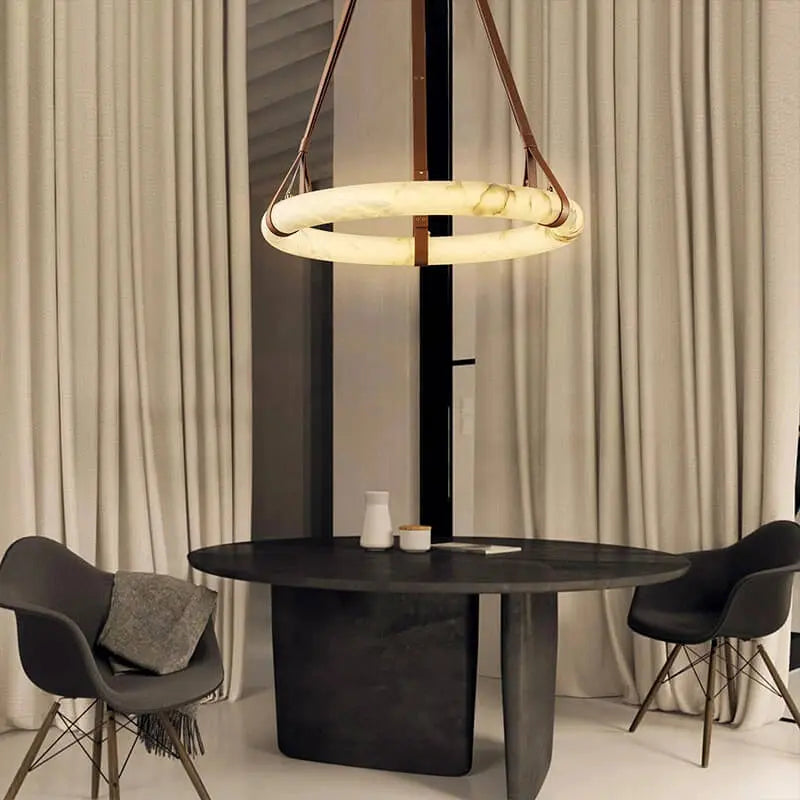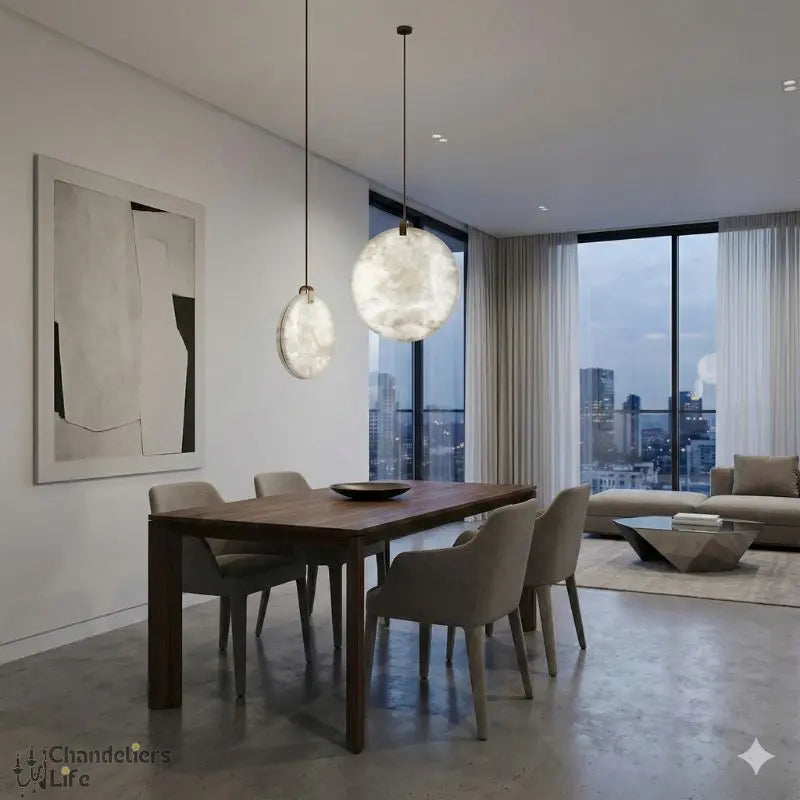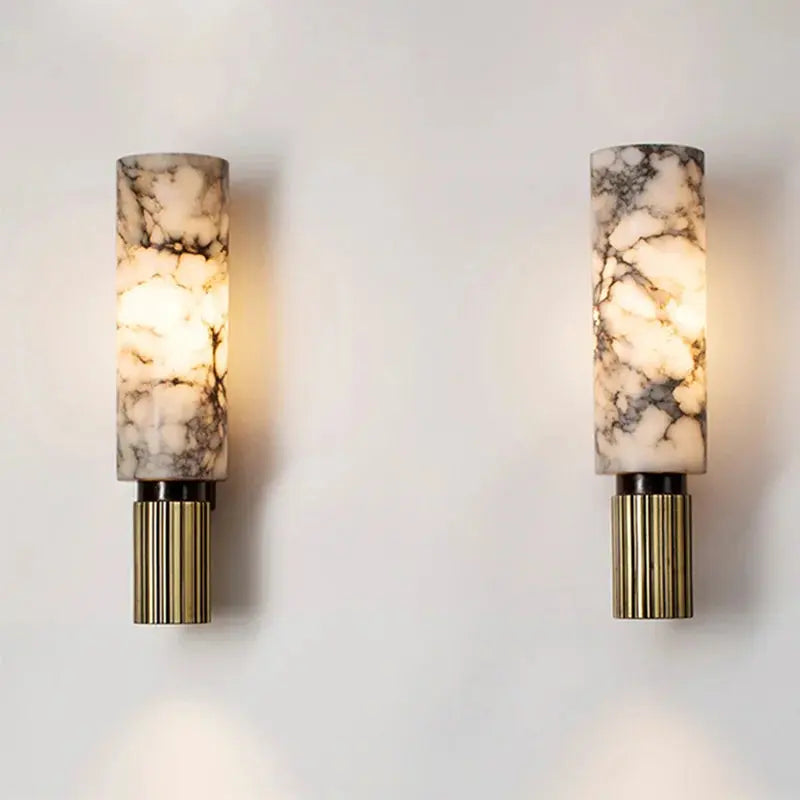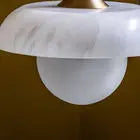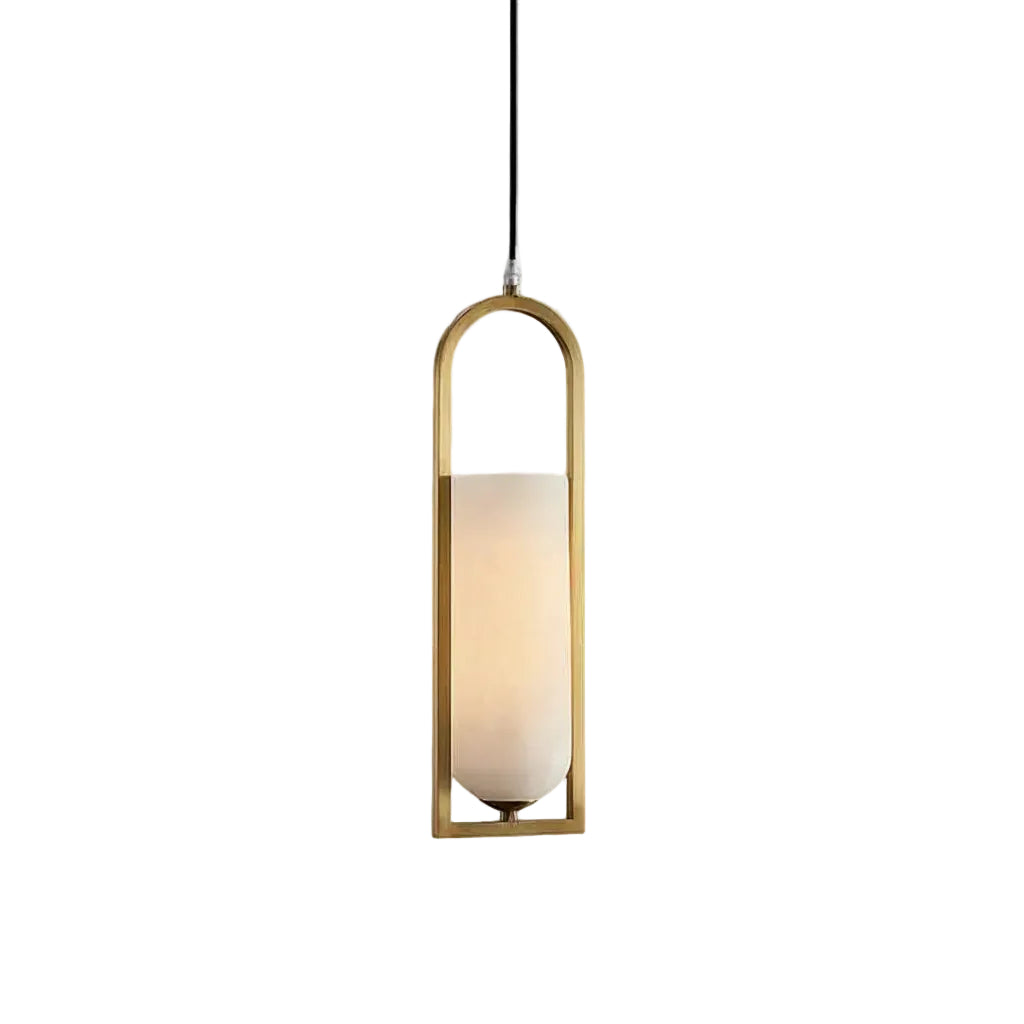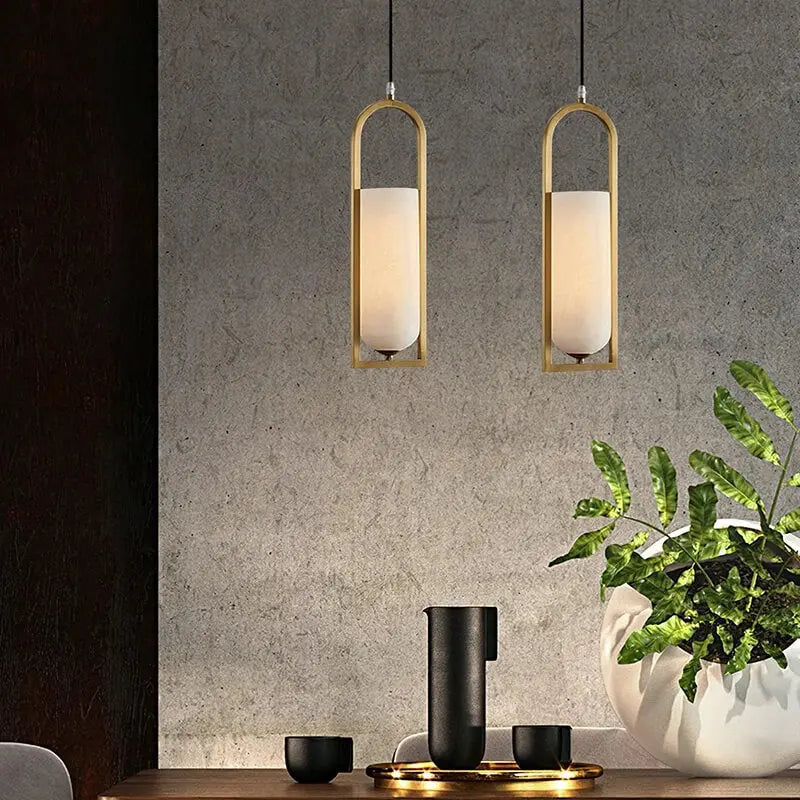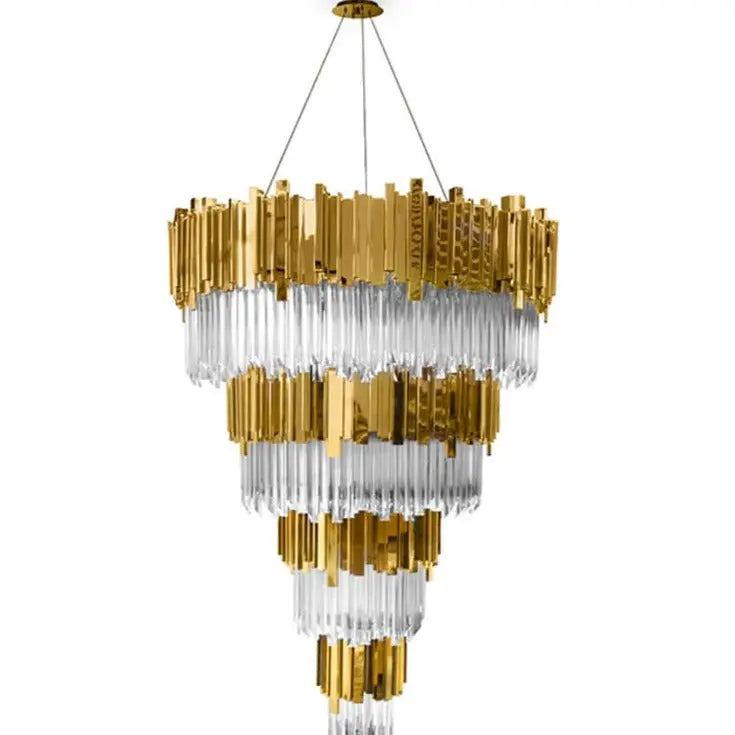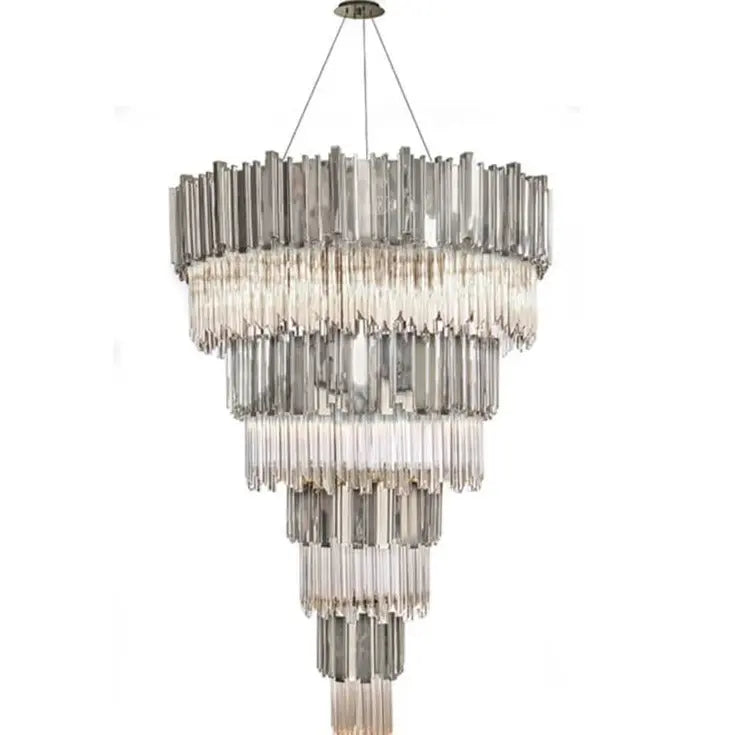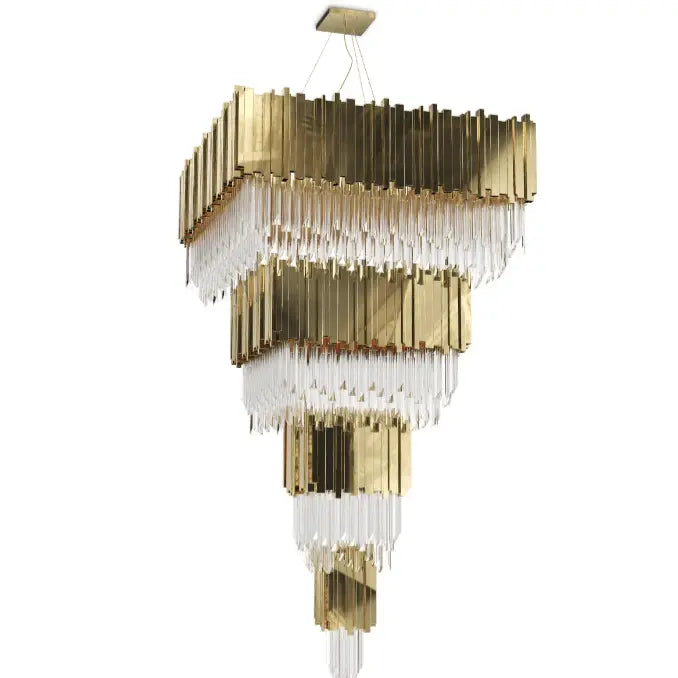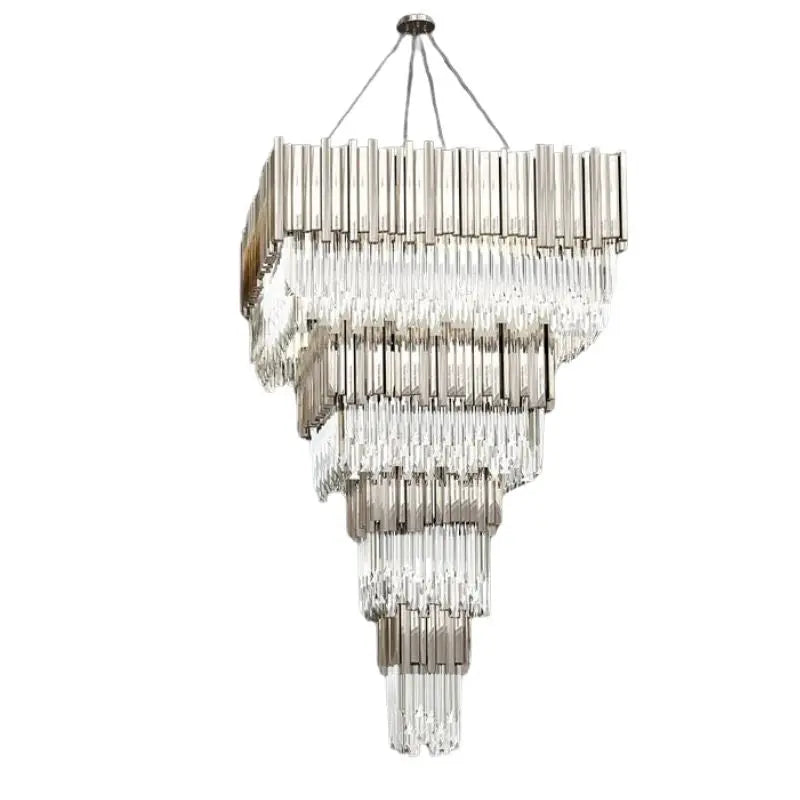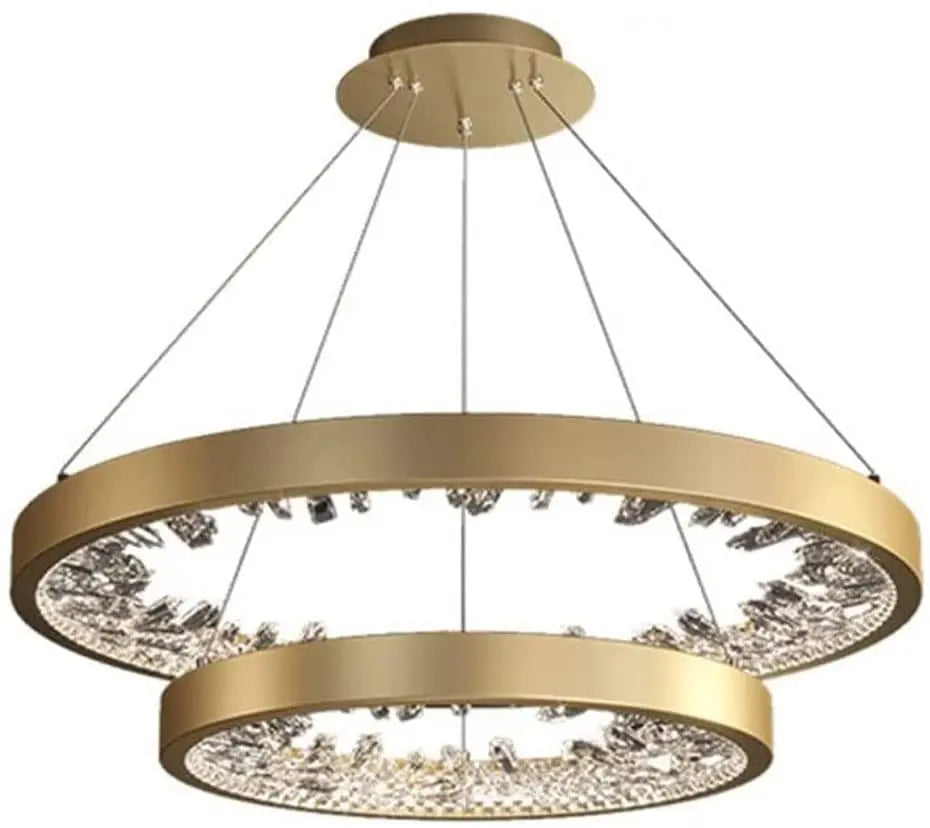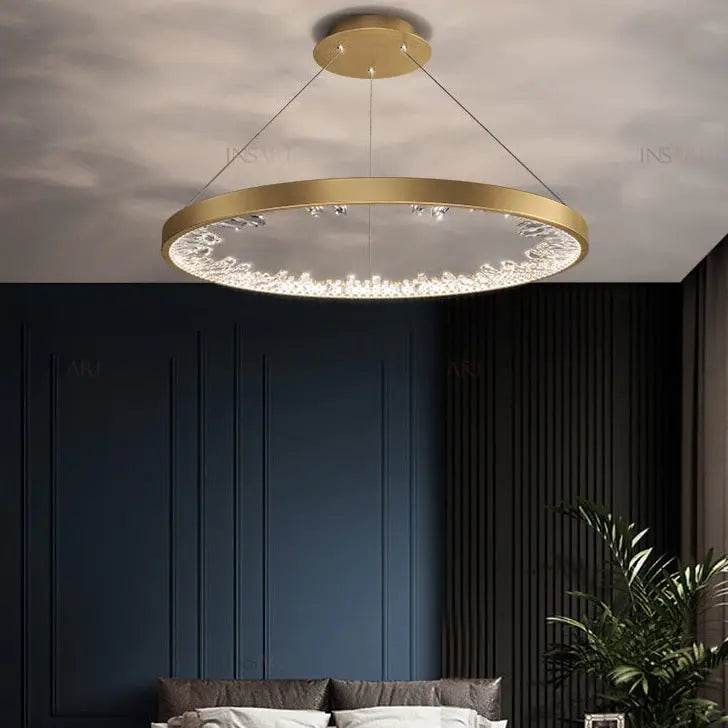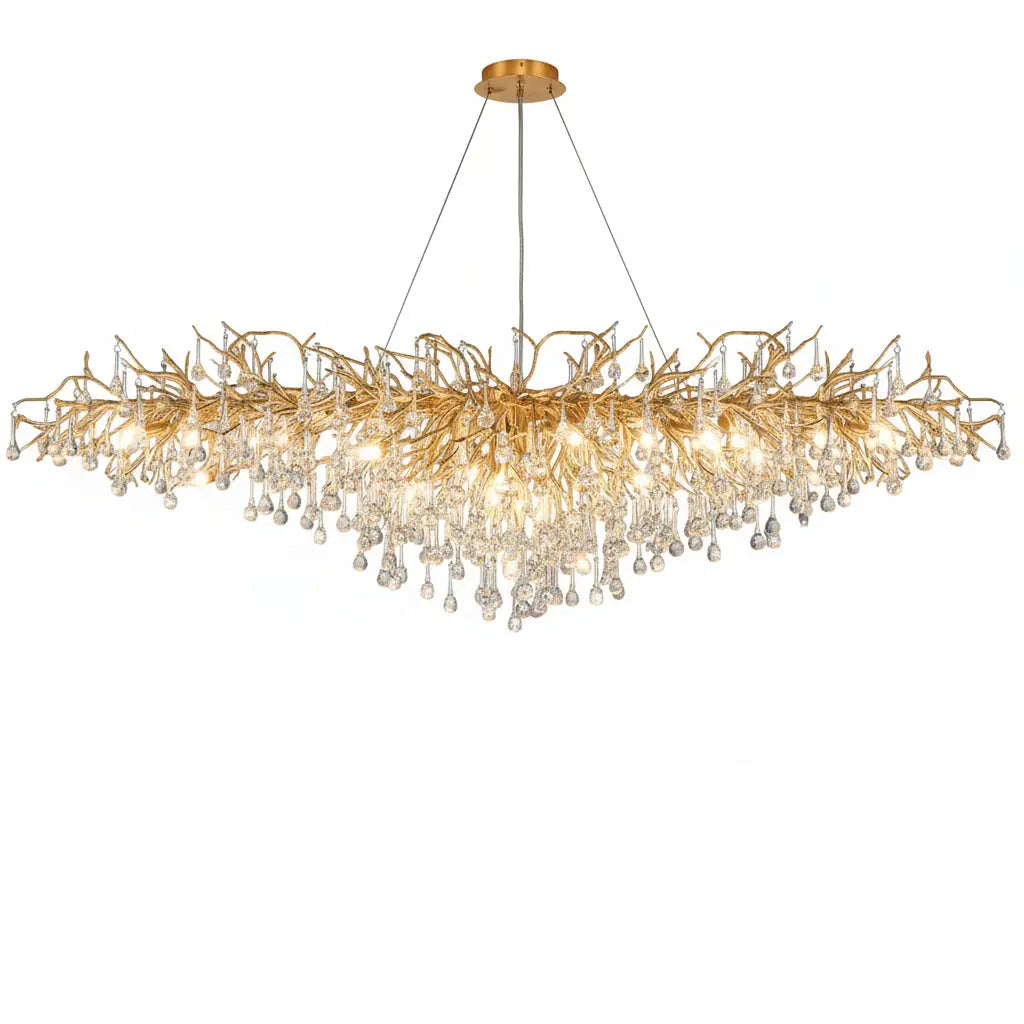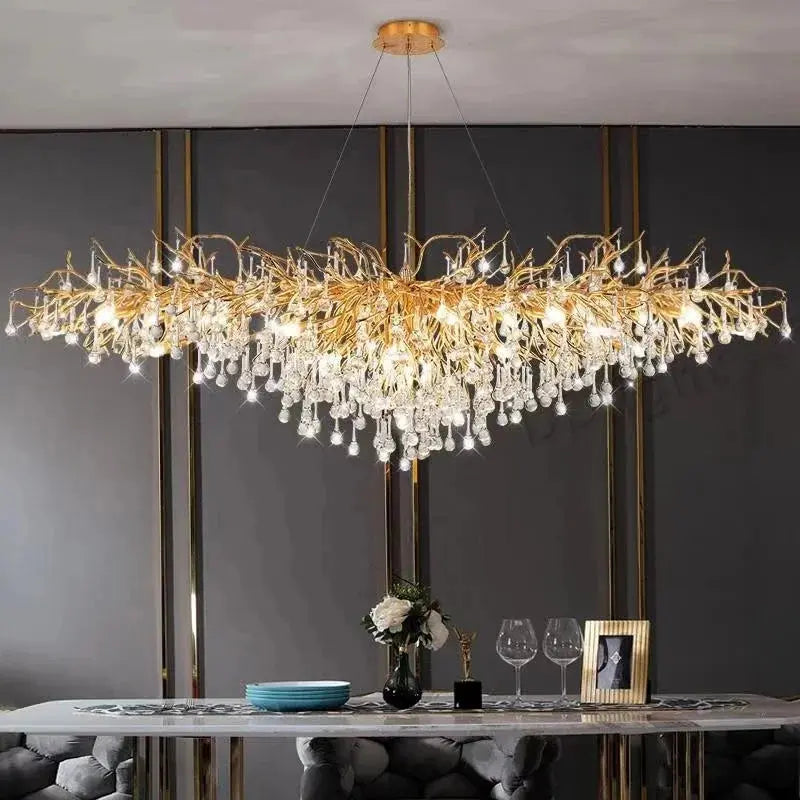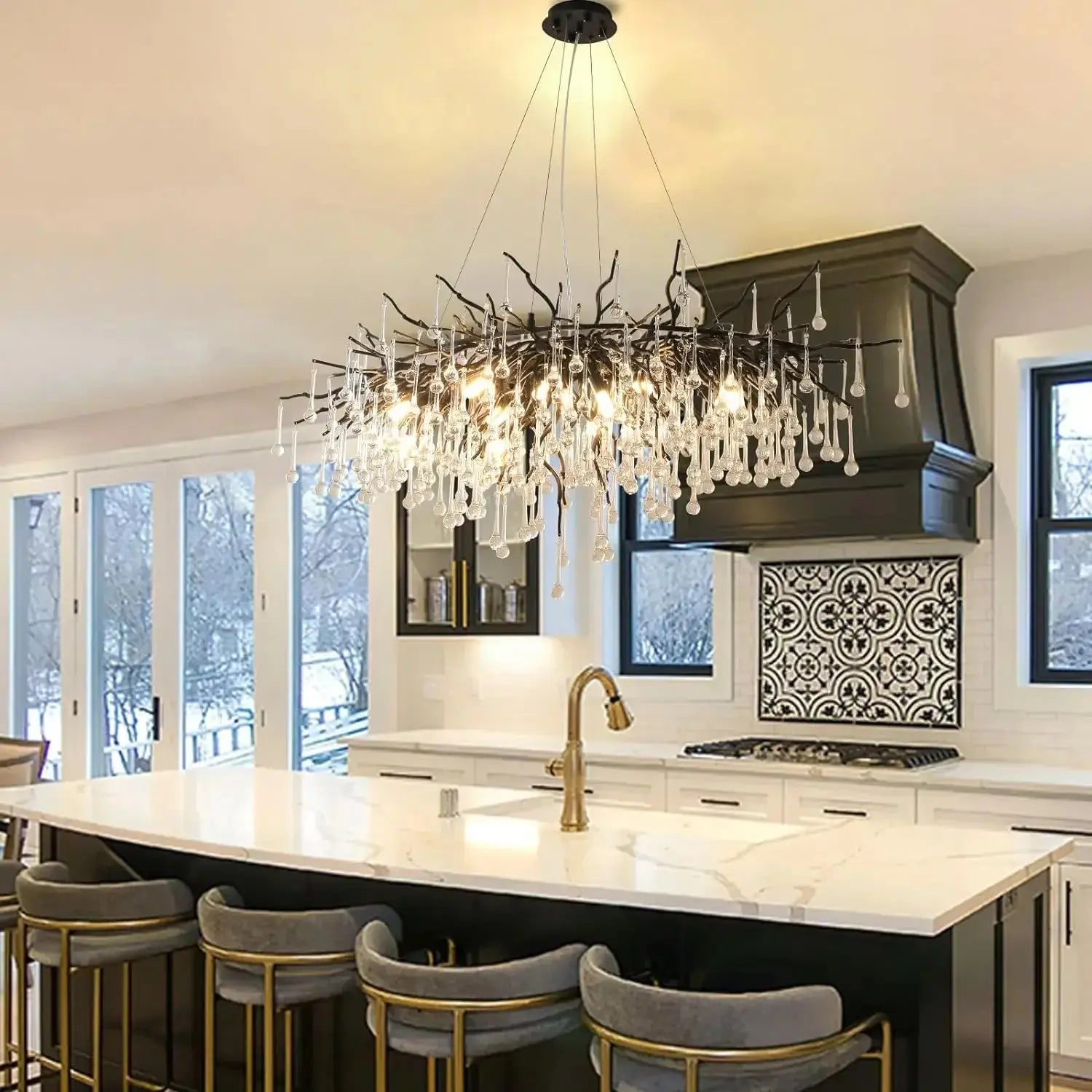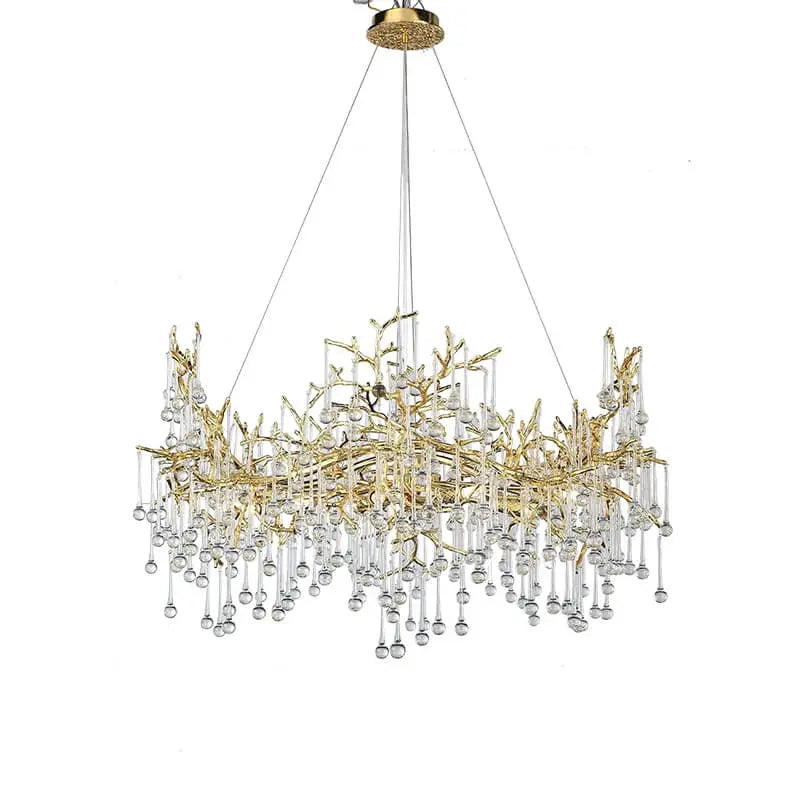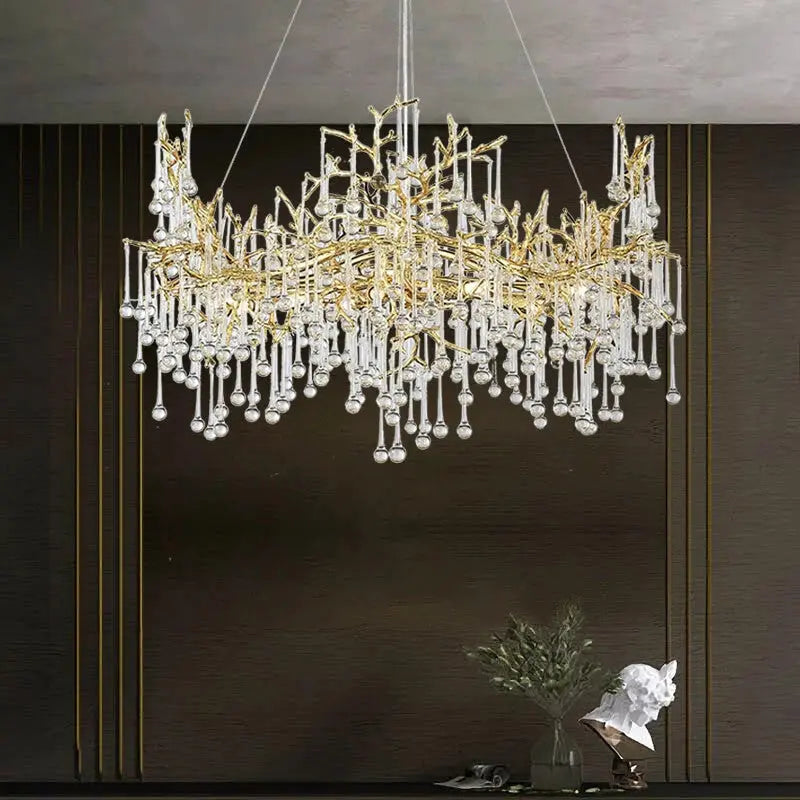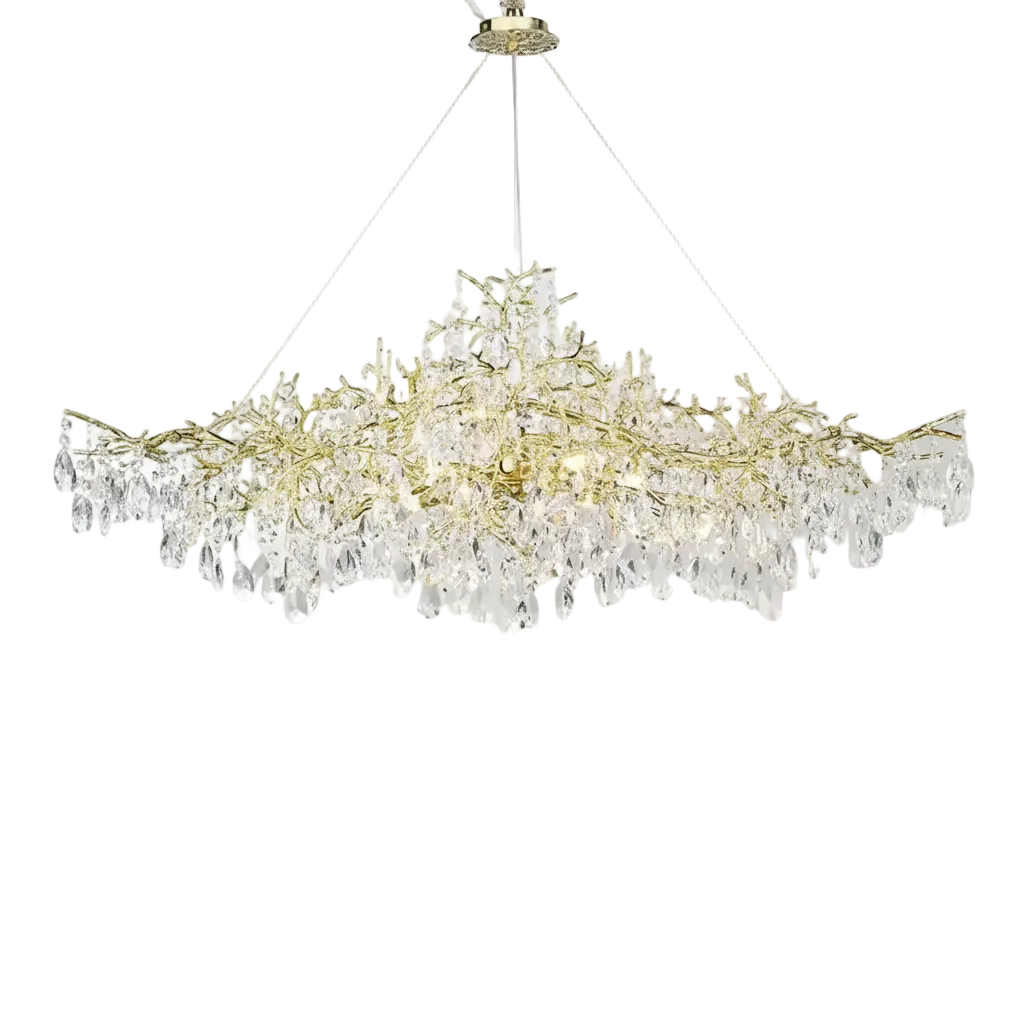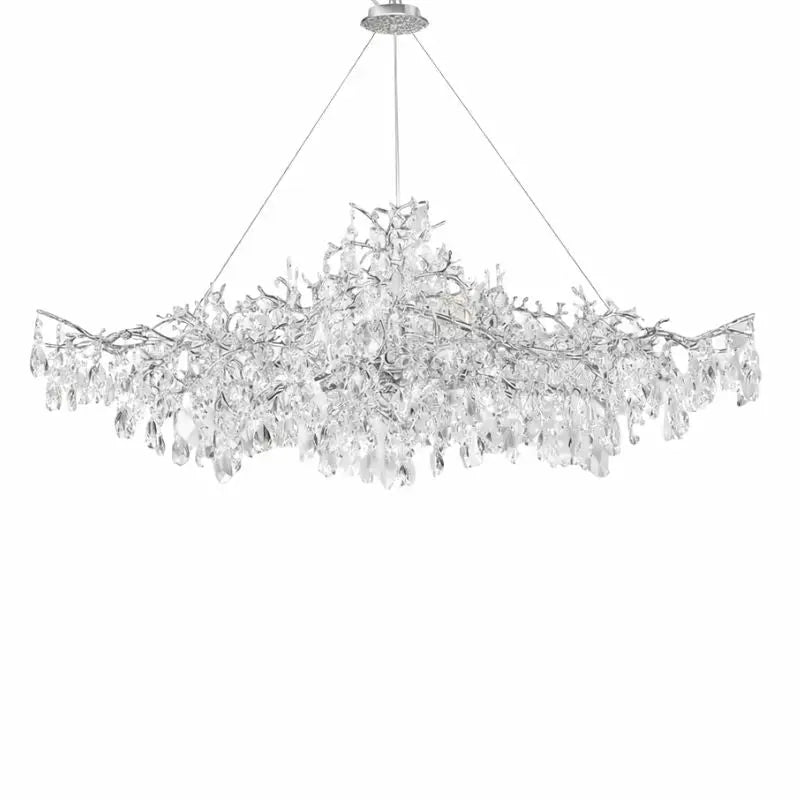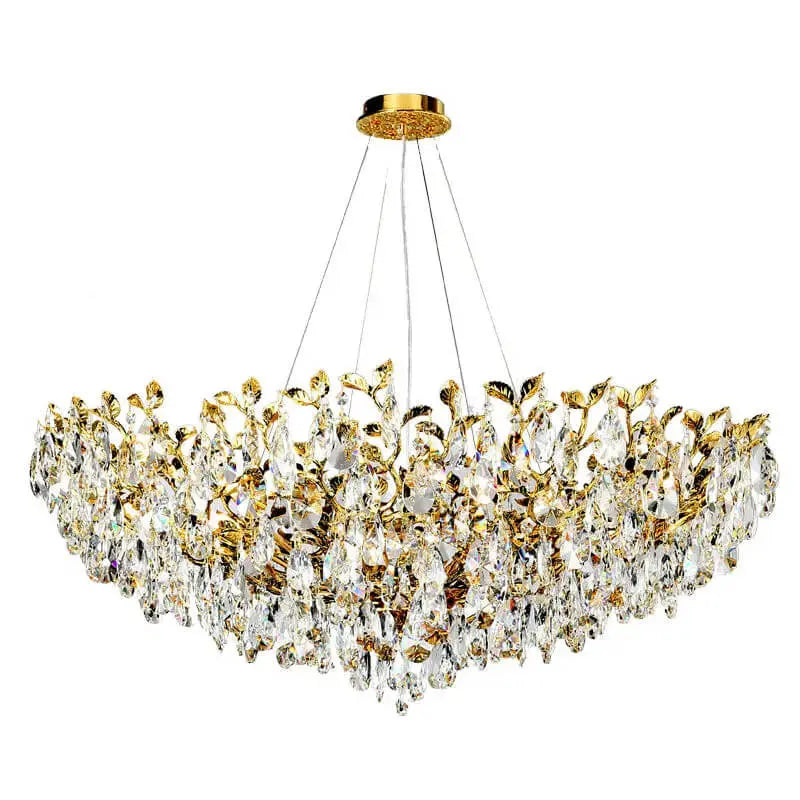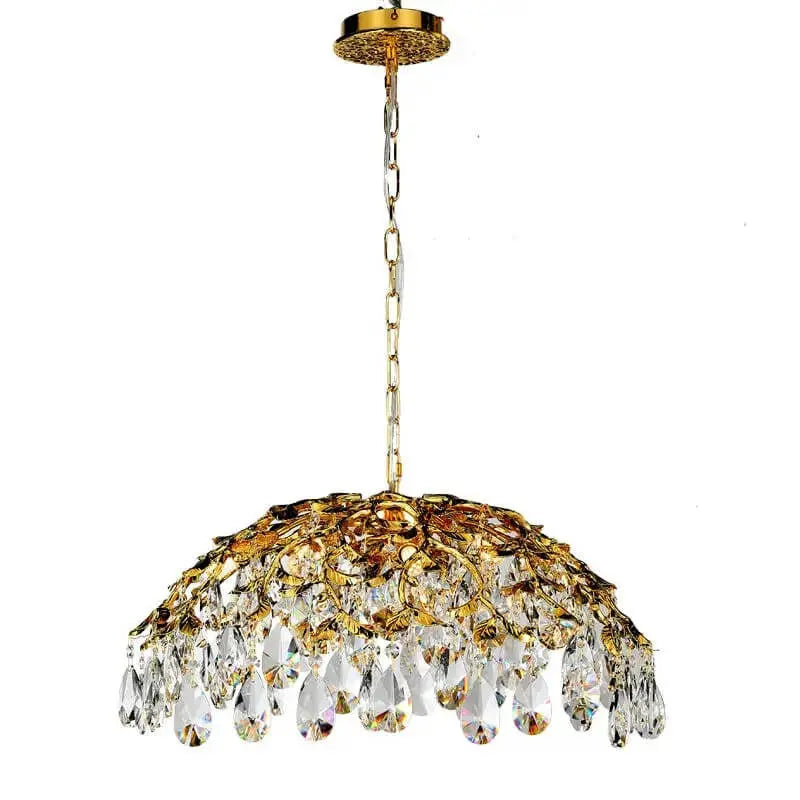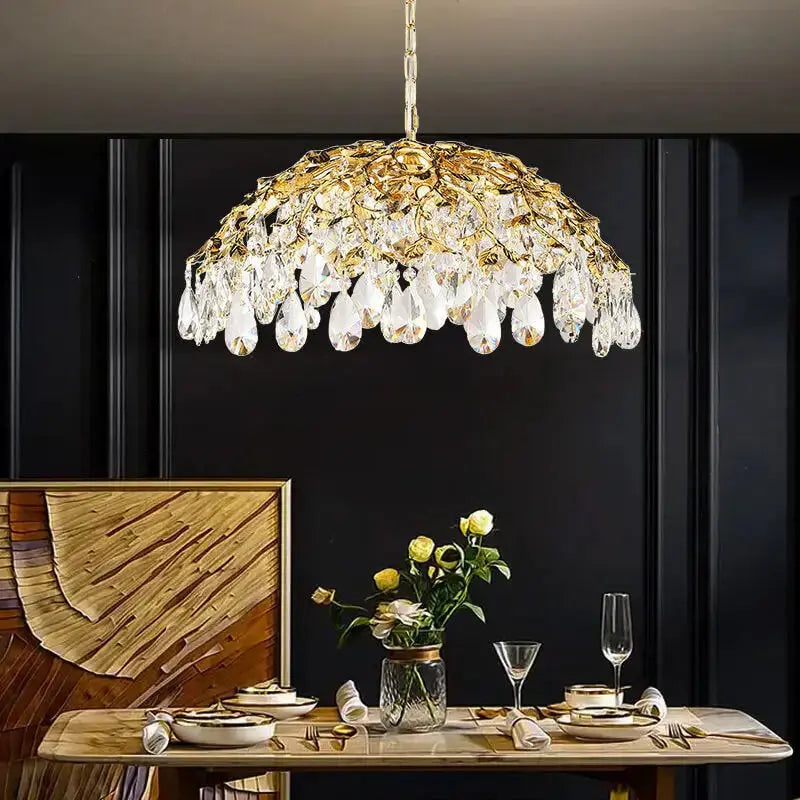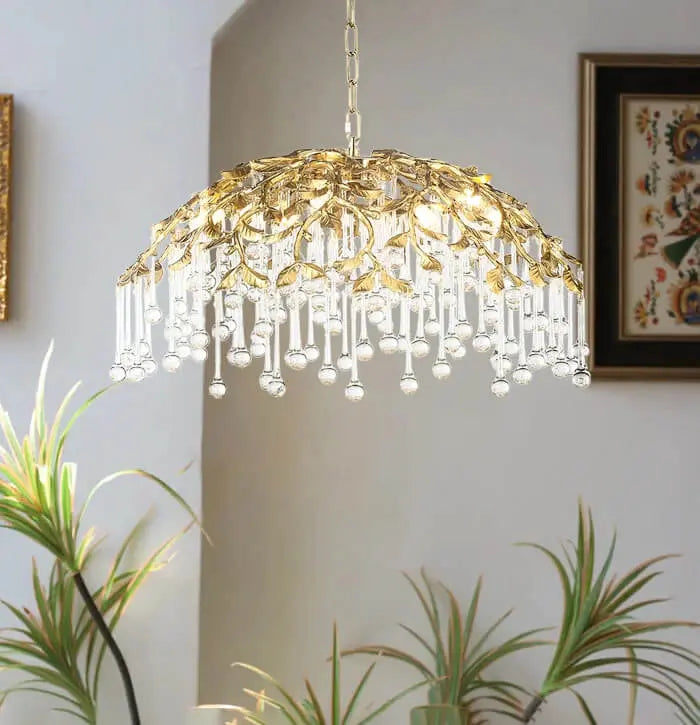As we step into 2025, the world of home decor is buzzing with fresh ideas to bring nature indoors. Plants for home decor are not just about aesthetics anymore; they’re about creating spaces that feel alive and welcoming. Whether you’re a seasoned plant lover or just starting out, there’s something for everyone in this year’s trends. Let’s explore some of the best plant options that can transform your space into a lush sanctuary.
Key Takeaways
- Large plants like the Monstera and Rubber Plant make bold statements in any room.
- Rare and unique plants add a touch of personality to your decor.
- Biophilic design is trending, encouraging nature to be a part of your indoor spaces.
- Eco-friendly planters are a must, aligning style with sustainability.
- Neutral tones in decor help your plants stand out beautifully.
Large, Statement Plants

Creating Focal Points
In 2025, it's all about going big or going home! Large plants are back in a major way, acting as instant focal points in any room. Think of them as living sculptures that bring drama and life to your space. Forget subtle accents; we're talking about plants that command attention and set the tone for your entire decor. A well-placed statement plant can transform a dull corner into a vibrant oasis.
Best Choices for Impact
So, what plants are worthy of being called "statement plants"? Here are a few top contenders:
- Fiddle Leaf Fig: Still a classic for its architectural leaves. Requires bright, indirect light and consistent watering.
- Bird of Paradise: Adds a tropical vibe with its large, banana-like leaves and stunning flowers (if you're lucky!).
- Monstera Deliciosa: The iconic split-leaf plant that's surprisingly easy to care for. Give it room to grow!
- Rubber Plant: Offers a bold, glossy presence and comes in various colors, including deep burgundy and variegated varieties.
- Kentia Palm: For a touch of elegance, the Kentia Palm brings a relaxed, tropical feel to any room.
Choosing the right statement plant depends on your space and lighting conditions. Consider the mature size of the plant and ensure you have enough room for it to thrive. Don't be afraid to experiment and find a plant that truly speaks to your style.
Pairing with Minimalist Decor
One of the best ways to showcase a large statement plant is to pair it with minimalist decor. The clean lines and simple forms of minimalist furniture allow the plant to take center stage without competing for attention. Think neutral colors, natural materials, and uncluttered surfaces. A large Monstera against a white wall with a simple modern planter is a match made in design heaven. The contrast between the lush greenery and the stark simplicity creates a visually striking and calming effect. It's all about balance – letting the plant be the star while the rest of the room provides a supporting role.
Rare and Unique Plants
Stand Out in Style
Okay, let's be real, everyone has a snake plant these days. If you want your home to really pop, you need something a little more... out there. Think beyond the ordinary and embrace the unusual! Rare plants are like living art pieces, instantly adding a touch of sophistication and intrigue to any room. They're conversation starters, and they show you've got some serious plant game.
Caring for Exotic Varieties
So, you've got your hands on a rare beauty – now what? Don't panic! While some exotic plants can be a bit finicky, many are surprisingly easy to care for, you just need to do your research. Here's a quick rundown of things to consider:
- Light: Most rare plants prefer bright, indirect light. Avoid direct sunlight, which can scorch their delicate leaves.
- Watering: Overwatering is a common killer. Let the soil dry out slightly between waterings. Use well-draining soil to prevent root rot.
- Humidity: Many exotic plants thrive in high humidity. Consider using a humidifier or placing your plant in a bathroom.
- Temperature: Keep your plant away from drafts and sudden temperature changes. Most prefer a consistent temperature between 65-75°F.
Remember, every plant is different. Pay attention to your plant's specific needs and adjust your care routine accordingly. Don't be afraid to ask for advice from other plant enthusiasts or your local nursery.
Where to Find Them
Finding rare plants can be an adventure in itself! Here are a few places to start your search:
- Specialty Nurseries: These nurseries often specialize in rare and unusual plants. They're a great resource for finding unique specimens and getting expert advice.
- Online Marketplaces: Websites like Etsy and specialized plant retailers offer a wide selection of rare plants from around the world. Be sure to check seller reviews before making a purchase.
- Plant Swaps: Connect with other plant lovers in your area and trade cuttings or even entire plants! It's a great way to expand your collection and meet new people.
- Botanical Gardens: Sometimes botanical gardens have sales of propagated plants. You might find something special!
Don't be afraid to spend a little extra on a plant that really speaks to you. A preserved flower can be a great investment that will bring joy for years to come. And remember, the thrill of the hunt is part of the fun!
Biophilic Design Trends
Incorporating Nature Indoors
Biophilic design is all the rage, and honestly, I'm totally here for it. It's about bringing the outdoors in, blurring the lines between your living space and nature. Think less sterile, more serene. It's not just about sticking a plant in a corner; it's a holistic approach to design.
- Maximize natural light. Open those curtains and let the sunshine in!
- Use natural materials like wood, stone, and bamboo.
- Incorporate water features, even small ones, for a calming effect.
I've been reading up on this, and it's amazing how much our well-being is tied to nature. Bringing those elements inside can really make a difference in how you feel day-to-day.
Vertical Gardens and Living Walls
If you're short on floor space, vertical gardens are your new best friend. They're not just space-savers; they're also stunning visual features. Imagine a wall covered in lush greenery – instant wow factor! You can even grow herbs and veggies in a vertical garden, bringing fresh produce right into your kitchen. Consider adding some ficus trees for a vibrant look.
Creating a Serene Atmosphere
Plants aren't just pretty; they're also mood boosters. Studies have shown that being around greenery can reduce stress and improve focus. To create a truly serene atmosphere, think about the overall sensory experience. Soft lighting, calming colors, and the gentle rustling of leaves can transform your home into a tranquil oasis. Don't forget about color-drenched rooms to enhance the calming effect.
- Choose plants with calming scents, like lavender or chamomile.
- Incorporate natural sounds, like a small fountain or wind chimes.
- Create a dedicated relaxation space with comfortable seating and plenty of plants.
Eco-Friendly Planter Materials
Sustainable Choices for Your Home
It's 2025, and we're all about making choices that are good for the planet. That includes what we put our plants in! Forget those cheap plastic pots that crack after a season. We're talking about planters made from stuff that won't hang around in a landfill for centuries. Choosing sustainable planters is a simple way to reduce your environmental impact and add a touch of natural beauty to your home.
Benefits of Biodegradable Planters
Biodegradable planters are a game-changer. They break down naturally over time, returning nutrients to the soil. Here's why they're awesome:
- Reduced Waste: They don't contribute to plastic pollution.
- Nutrient-Rich: As they decompose, they feed your plants.
- Eco-Friendly: Made from renewable resources.
I switched to biodegradable pots last year, and I've noticed a real difference in my plants' health. Plus, it feels good knowing I'm doing something positive for the environment. It's a small change that makes a big impact.
Innovative Materials to Consider
There are so many cool, new materials being used for planters these days. Here are a few to keep an eye on:
- Bamboo: Lightweight, strong, and fast-growing.
- Terracotta: Classic, breathable, and naturally porous. terracotta planters are a great choice.
- Recycled Plastic: Gives new life to waste materials.
- Cork: Sustainable, water-resistant, and adds a unique texture.
| Material | Benefits | Drawbacks |
|---|---|---|
| Bamboo | Lightweight, strong, sustainable | Can be prone to mold in very damp areas |
| Terracotta | Breathable, classic, affordable | Can crack in freezing temperatures |
| Recycled Plastic | Durable, reduces waste | Can still leach microplastics |
| Cork | Water-resistant, unique texture, sustainable | Can be more expensive than other options |
Neutral and Earthy Tones
Creating a Calming Environment
I'm really into the idea of using neutral and earthy tones to make a room feel more relaxing. It's all about creating a space where you can actually unwind after a long day. Think about colors like soft browns, muted greens, and warm grays. These shades are super versatile and can work in pretty much any room. I've been experimenting with different combinations in my own place, and it's amazing how much of a difference it makes. It's not just about the colors themselves, but also how they interact with light.
Complementing Your Greenery
One of the best things about neutral and earthy tones is how well they go with plants. The green of the plants really pops against a neutral backdrop, making them stand out even more. I've found that using sage green walls or furniture really makes my plants look amazing. Plus, it creates a natural, organic feel that I absolutely love. Here's a few ideas I've been playing with:
- Terracotta pots against a beige wall
- Dark green plants on a light gray shelf
- Woven baskets holding plants in a brown-toned room
Designing with Soft Hues
When designing with soft hues, it's important to think about texture and layering. You don't want the room to feel flat or boring. Try mixing different materials like linen, wool, and wood to add depth and interest. I'm also a big fan of using different shades of the same color to create a subtle, monochromatic look. For example, you could use a light beige for the walls, a slightly darker beige for the furniture, and a warm brown for the accents. Don't be afraid to experiment and see what works best for you. Consider eco-friendly planters to complement the natural aesthetic.
I've found that adding small pops of color, like a bright yellow cushion or a vibrant blue vase, can really liven up a neutral space. It's all about finding the right balance and creating a space that feels both calming and inviting.
Multi-Plant Displays
Mixing Heights and Textures
Okay, so you want to create a cool multi-plant display, right? The key is variety. Don't just line up a bunch of the same plant in different pots. Think about mixing things up. Get some tall plants, some short ones, and some that trail. The contrast is what makes it interesting. I like to use snake plants for height, then maybe some ferns for texture, and pothos to hang down. It's all about creating visual interest.
Using Plant Stands and Shelves
Plant stands and shelves are your best friends when it comes to indoor plants. They let you play with height without having to buy a bunch of huge, expensive pots. Plus, they can really help to fill up empty wall space. I found this cool tiered plant stand at a flea market last month, and it's perfect for displaying a bunch of smaller plants. You can also use regular bookshelves, just make sure they're sturdy enough to hold the weight of the pots and soil.
Creating Dynamic Arrangements
Don't just plop your plants down and call it a day. Think about the overall composition. Group plants with similar light and water needs together. Consider the colors of the foliage and the pots. You can even add some non-plant elements, like rocks or pieces of driftwood, to add some extra interest. I saw someone use plant trellises to create a mini-jungle effect, and it looked amazing.
Remember to rotate your plants regularly to ensure even growth. Plants tend to lean towards the light, so rotating them will help them stay balanced and prevent them from getting leggy on one side. Also, keep an eye out for pests and diseases, and address them promptly to prevent them from spreading to your other plants.
Plant-Filled Wellness Corners
Designing Your Relaxation Space
Okay, so, wellness corners are becoming a big thing, and honestly, I'm here for it. Think about it: a dedicated space in your home just for chilling out? Yes, please! The key is to make it feel separate from the rest of the house, even if it's just a small area. Plants are a must, obviously, but also consider things like comfy seating, soft lighting, and maybe a small water feature for some zen vibes. I've been playing around with different layouts in my own place, and it's amazing how much of a difference it makes to have a spot that's specifically designed for relaxation. You can find inspiration in home decor magazines.
Combining Plants with Comfort
It's not just about throwing a bunch of plants into a corner and calling it a day. You need to think about how the plants interact with the other elements in the space. For example, a big, leafy plant next to a comfy armchair can create a really inviting reading nook. Or, a collection of smaller plants on a shelf can add a touch of nature to your meditation area. The goal is to create a space that feels both comfortable and calming, and plants are a huge part of that. I've found that mixing different textures and heights of plants can add visual interest and make the space feel more dynamic. Don't be afraid to experiment and see what works best for you. I'm thinking of adding some indoor garden systems to my wellness corner.
Enhancing Your Home's Tranquility
Ultimately, a plant-filled wellness corner is all about creating a space that promotes peace and tranquility. It's a place where you can escape from the stresses of daily life and reconnect with yourself. Think of it as your own personal sanctuary. Here are some ideas:
- Incorporate aromatherapy with essential oil diffusers.
- Use natural materials like wood and stone to create a grounding effect.
- Add soft textiles like blankets and pillows for added comfort.
Creating a wellness corner is not just about aesthetics; it's about creating a space that supports your mental and emotional well-being. It's an investment in yourself, and it's something that everyone can benefit from.
Indoor Hanging Plants

Maximizing Vertical Space
Hanging plants are awesome because they let you bring greenery into your home without taking up any surface area. Think about it: you can have a whole jungle vibe going on even if you're living in a tiny apartment. It's all about using the space above you. Plus, it adds a different dimension to your decor. Instead of just looking at things on shelves or tables, your eyes move up, making the room feel bigger and more interesting. I've found that hanging plants near windows not only get the light they need but also create a really cool, natural curtain effect. It's like having living art!
Best Trailing Plants
Okay, so when it comes to trailing plants, you've got options. Lots of them. Here are a few of my favorites:
- Pothos: Seriously, you can't go wrong with a pothos. They're super easy to care for and they trail like crazy. Plus, they come in different varieties, like golden pothos, marble queen, and neon pothos, so you can mix and match. They are great low-maintenance plants.
- String of Pearls: These are so cool looking! They need a bit more light than pothos, but they're worth it. The little pearl-like leaves are just so unique and eye-catching. Just be careful not to overwater them.
- Spider Plants: These are classics for a reason. They're easy to propagate, so you can make tons of baby spider plants from just one mother plant. And they're great air purifiers too!
- English Ivy: If you want that classic, romantic look, English ivy is the way to go. It can be a little more finicky than the others, but it's so worth it for the look. It's a classic choice for indoor elegance.
Creating a Lush Ceiling Oasis
To really create a lush ceiling oasis, you need to think about layering. Hang plants at different heights to create depth and visual interest. Use a mix of plant types with different leaf shapes and textures. And don't be afraid to get creative with your planters! Macrame hangers, ceramic pots, even repurposed baskets can all add to the overall look. I like to use a combination of hooks and plant hangers to get the right height and spacing. And remember to consider the weight of your plants and make sure your ceiling can support them! It's also a good idea to group plants with similar watering needs together, so you're not constantly taking them down to water them individually. Trust me, your arms will thank you. You can even try indoor garden systems to make it easier to care for your plants.
Wrap-Up: Your Green Journey Starts Now
So there you have it! 2025 is shaping up to be an exciting year for plant lovers and home decor enthusiasts alike. Whether you’re going for big statement plants, unique finds, or eco-friendly planters, there’s something for everyone. Remember, it’s all about creating a space that feels good to you. Don’t stress if you’re new to this—start small, experiment, and see what works. Your home can be a cozy green retreat, and with these tips, you’re well on your way to making it happen. Happy planting!
Frequently Asked Questions
What are the best large plants for home decor in 2025?
In 2025, large plants like the Bird of Paradise, Rubber Plant, Monstera Deliciosa, and Fiddle Leaf Fig are popular choices. They create beautiful focal points in any room.
How can I care for rare and unique plants?
Caring for rare plants can be tricky. Make sure to research the specific needs of each plant, including light, water, and soil requirements, to keep them healthy.
What is biophilic design?
Biophilic design is about bringing nature indoors. It includes ideas like vertical gardens and living walls, which help create a calming and natural atmosphere in your home.
What materials are best for eco-friendly planters?
Look for planters made from recycled, biodegradable, or natural materials like terracotta, bamboo, and cork. These options are good for the environment and stylish.
How can I create a calming environment with plants?
Use neutral and earthy tones in your decor, like terracotta and sage green. These colors will help your plants stand out and create a peaceful space.
What are some tips for displaying multiple plants together?
Mix plants of different heights and textures for an interesting look. Use plant stands or shelves to create dynamic displays that catch the eye.




